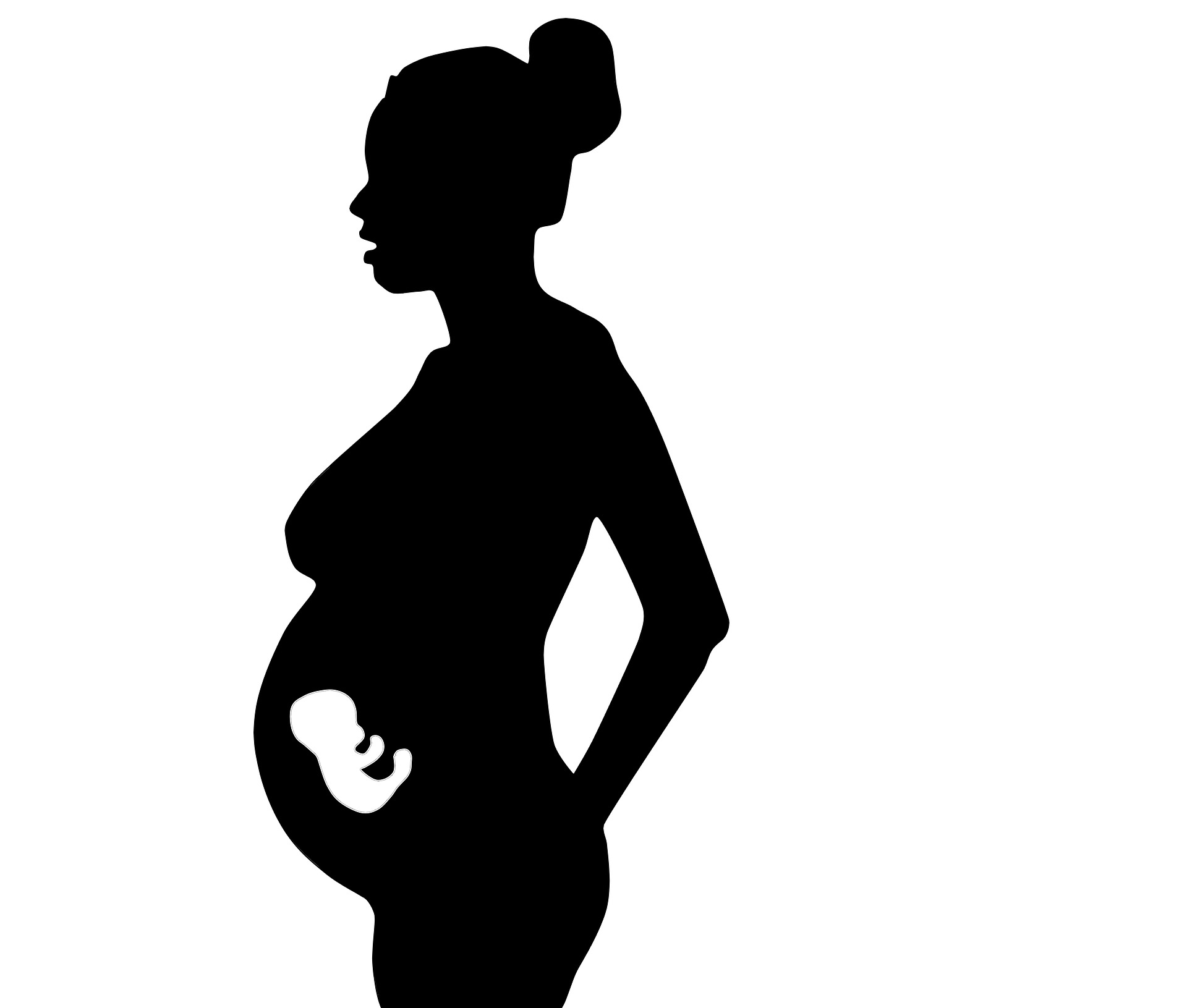by Megan Ritchey, SWHR Communications Intern
The United States is the most dangerous country in the developed world to give birth, with an estimated 700 women dying from pregnancy-related deaths each year and 50,000 women experiencing life-threatening complications. In fact, maternal mortality rates in the United States are rising steadily while rates in other countries drop.
In 2015, for every 100,000 live births in the United States there were an average of 26.4 maternal deaths — up from about 17.5 in 2000 and 16.9 in 1990. A grave reality sinks in when comparing these numbers with other high-income countries: For every 100,000 births in 2015, the United Kingdom saw 9.2 maternal deaths, Germany 9, France 7.8, Japan 6.4, Australia 5.5, and Italy 4.2. In addition, maternal mortality rates in each of these countries decreased between 1990 and 2015.
Even more alarming is that a majority of maternal deaths in the U.S. are avoidable. The Centers for Disease Control and Prevention (CDC) concluded that 3 out of 5 maternal deaths in the U.S. are preventable, with weaknesses in the health care system contributing to misdiagnosis, delays in treatment, and lack of access to appropriate care.
This is especially true for African American women, as biases in the health care system have led to stark racial disparities in maternal deaths. African-American women are over three times more likely to die from a pregnancy- or childbirth-related event than white women. In 2014, an average of 40 black women died for every 100,000 live births, compared to 12.4 deaths for white women.
Hospital quality may be one contributing factor to this inequity. A study from the Icahn School of Medicine at Mount Sinai showed that black women in New York City were more likely to deliver at “high-risk” hospitals, which are hospitals that routinely produce worse maternal outcomes for women of all races and ethnicities, than their white counterparts. Researchers estimated that delivery location may contribute as much as 47% to racial disparities in severe maternal morbidity rates in NYC. This reflects larger systemic problems throughout the United States in which minority and low-income communities face greater barriers to health care resources and support.
Women living in rural parts of the country face their own unique challenges in accessing high-quality maternal health care. In fact, they are more likely to die from pregnancy-related complications than women living in cities. Proximity to health care services is a challenge for rural women, as more than half of all rural counties have no hospital that offers maternity care, forcing pregnant or postpartum women to drive hours to the nearest hospital.
For low-income women, inadequate health insurance postpartum also may play a role in maternal mortality (usually defined as death during or within one year of pregnancy), according to an article from the Kaiser Family Foundation. Medicaid insures a large number of pregnant women and funds nearly half of all births in the U.S., but there are weaknesses in the program’s coverage for postpartum women. For example, 60 days after childbirth, a woman’s Medicaid coverage will drop in states that have not extended coverage under the Affordable Care Act, leaving some women uninsured and vulnerable just two months after childbirth. If these women are unable to afford other coverage, they will likely not see a doctor and be significantly less likely to go to the emergency room if they are experiencing complications.
However, higher socioeconomic status and educational attainment do not appear to protect African American women from higher rates of maternal death. A study from the New York City Department of Health and Mental Hygiene showed that black women living in high-income areas experienced significantly higher rates of severe maternal morbidity than women from other racial/ethnic groups living in high-poverty areas. The same was true for black women with higher levels of education compared to women from other racial/ethnic groups with less education.
Take the tennis superstar Serena Williams, for example. The day after the birth of her daughter, Williams, knowing she had a history of pulmonary embolisms, told a nurse that she felt out of breath. The nurse brushed off her concern, suggesting that Williams’ pain medication must be confusing her. It was only after Williams insisted on a CT scan that doctors found evidence of blood clots in her lungs and enacted life-saving measures.
Researchers, clinicians, and policymakers continue to search for a better understanding of the drivers of maternal mortality and these racial disparities as well as potential solutions. Extended postpartum care and coverage, easier access to care, and improved hospital protocols are examples of policy actions necessary to spark real change in maternal health care. Read part two of SWHR’s blog series on the maternal health crisis for examples of what’s being done to improve maternal mortality and morbidity in the United States.
